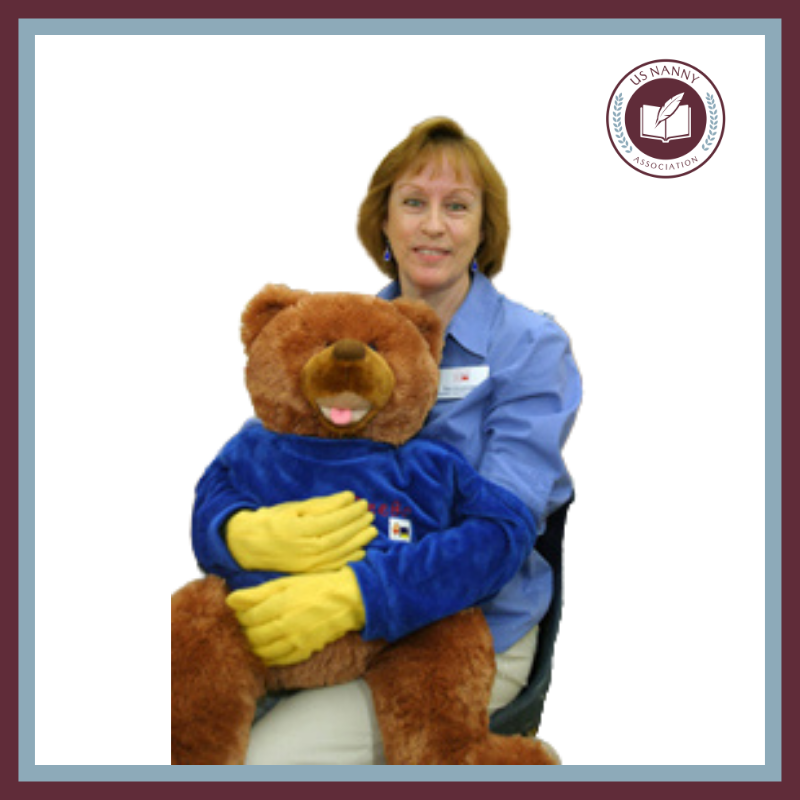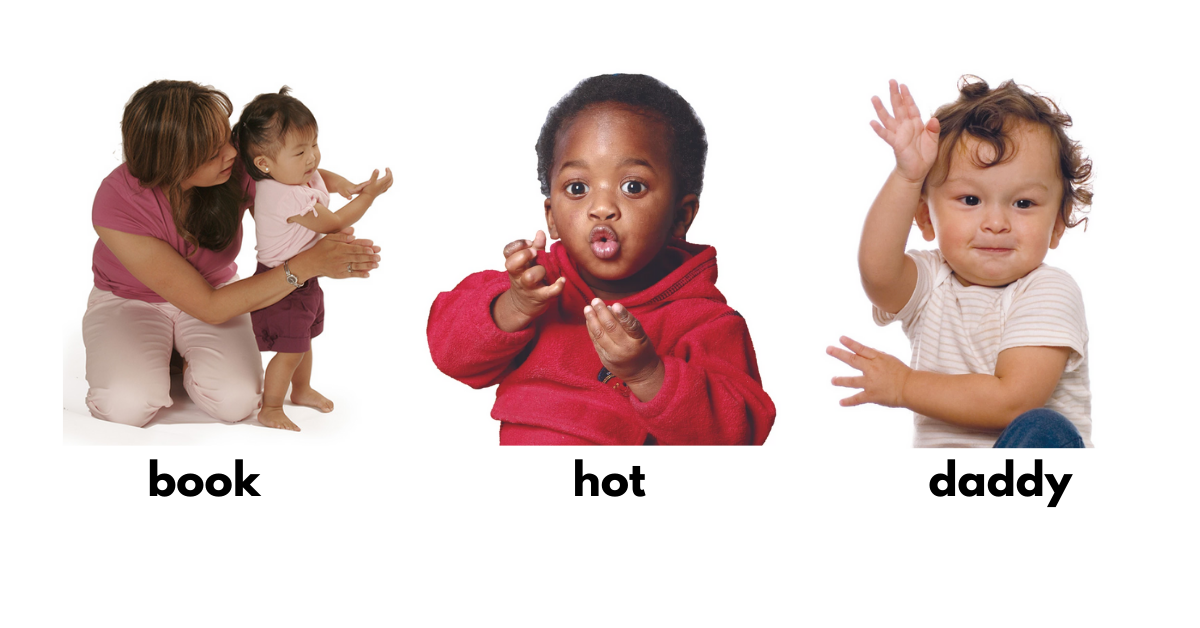Do you ever wonder what your baby or toddler is thinking? Wouldn’t it be great if they could tell you not just what they need (milk) or want (another cookie) but also how they are feeling (sad, afraid, happy, sick)? What if they could even communicate to you a memory that they want to talk about again (that dog they saw in the park when you were there last)?
With a few simple signs, it’s possible to do all that and more.
Signing with a hearing baby is a great way to secure your bond with them early and research shows that using signs when a baby is very young helps them learn that someone has their back and will be there for them. This instills confidence and good self-esteem that helps them long into their future as they learn to problem solve, deal with stress, make decisions and learn.
The Baby Signs® Program, developed by Dr. Linda Acredolo and Dr. Susan Goodwyn has been around for over 35 years and babies everywhere are bonding with their caregivers and enjoying a lot less stress in their daily routines. Tears and tantrums are greatly reduced when a child can communicate early and signing is a perfect tool to do just that. This “boost” in communication leads to earlier speech, literacy and better emotional skills. And it’s fun too as you find out what your baby knows and wants to share with you!
Many parents or caregivers worry that signing may be difficult. Are the signs hard to learn? What if I’m not doing it right? When will my baby sign back to me? Why do I keep doing this, but they aren’t even looking at my hands? These are all common questions. Here are some answers….
Parents are already teaching their child to speak every day when they talk to them.
Babies are hearing you and though they can’t talk for a while they still need to hear the sounds as their brains develop and they begin to learn about the things around them. A few signs to begin with are all you need to add to the words already being said to your baby. Young babies (approx. 6 to 10 months) will need more repetition than if you start later (after 12 months or so), so be patient.
Think about how many times you wave “bye bye” before your baby waves back. A lot! It’s the same with signs. If you stay with it, they will suddenly start looking at your hands and then begin to imitate the signs you are modeling to them. When they will sign back depends on how much repetition they are getting, how old they were when you started and the temperament of your child. Some children are more interested in climbing the bookshelves than reading the books. It might be they are focusing on walking and once they get that down, the signs you’ve been showing them start to emerge on their hands as well. When they produce that first sign and you see how proud they are of themselves for doing it, you’ll be all in!
The US Nanny Association thanks all the nannies, advocates and business leaders who provide practical tips and insight to elevate our industry. Thank you for sharing your expertise.

Tina Cavanaugh is an Independent Certified Baby Signs® Instructor and an On the Grow™ Educator. With the help of BeeBo™ the Baby Signs® Bear, she has been teaching in Austin, Texas and the surrounding area since 2009. She’s currently offering Zoom options for a 90-minute home training (in lieu of the play class).

